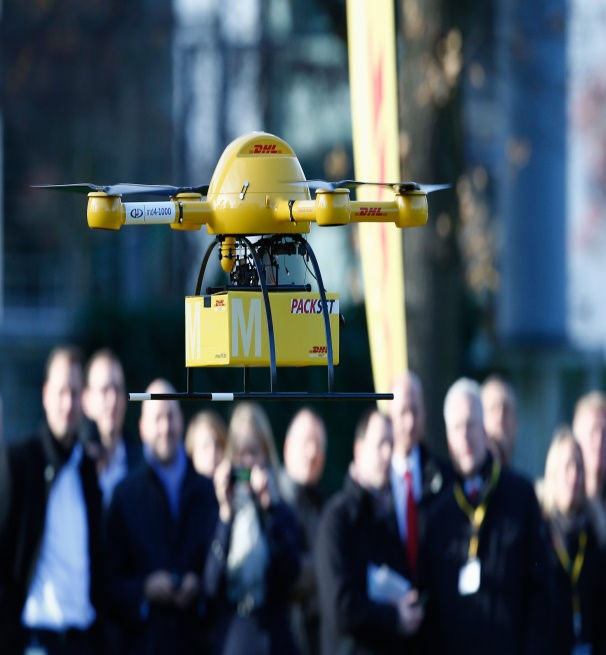Can Drones Change The World?
- kkrunali

- May 28, 2015
- 3 min read

BY NAVED JAFRY & GARSON SILVERS
Drones do not offer a glimpse of the future but rather they are firmly rooted in the now, serving construction, agriculture, archaeology, entertainment and, well, plenty more too. So rapid has this growth of drone use been that in just nine years since the inception China-based DJI, the largest consumer drone manufacturer in the world, are reported to have a valuation of $10 billion. While drones are becoming more frequently used in performing arts to provide a richer experience for the audience – Cirque du Soleil and John Cale both having used DJI models during live shows. Drones can also be used for good Airware, for example, – described by TechCruch as “perhaps Silicon Valley’s premier drone start-up” – help companies build custom drones using their innovative technology to assist in various industry tasks. The Company saw an opportunity to create a platform for commercial drones that can be customized or adapted for multiple uses, that also offers ongoing customer support. Airware created an Aerial Information Platform, an operating system that combines hardware, software, and cloud services to enable companies to safely operate drones at scale, meet regulatory and insurance compliance requirements, and rapidly develop industry-specific drone solutions. Airware also recently announced a strategic partnership with General Electric that will allow the multi-billion dollar conglomerate to collect better data, make more informed decisions and keep workers out of harm’s way and it will likely be the first in a wave of similar agreements, both in the US and UK, that will mount pressure on authorities to re-write the rule book. There are work-arounds, however, with Skycatch – another Silicon Valley start-up – having launched the WORKMODE initiative – dubbed the “Uber of the drone business” – which trains drone pilots, giving them online qualifications and connecting them with customers.
All of these drone companies are bound to the same regulations as outlined by the Federal Aviation Administration (in the USA) and progress will be dependent upon their willingness to be adaptable as these devices become more prevalent. The FAA is wary of unmanned aircraft systems (UAS) and, as they explain, introducing them into the nation’s airspace will be an enormous challenge because the U.S. has the busiest, most complex airspace in the world. Although it appears that the speed at which change is exacted will never be fast enough as without a comprehensive legal framework in place, the possibility for innovation using aerial technology will diminish and the risk of unsafe or irresponsible use may only go up as less people know or understand the rules. Hence slow pace of regulations is the biggest threat to a fully autonomous device where FAA will need to be flexible as the drone industries ambition for expansion grows.
I believe this is a pertinent issue that all drone manufacturers will be eager to address, even it will offer something of a level playing field in the industry. There has been encouragement in recent months from the FAA that influential figures such as US Senator Cory Booker have pushed for legislation that would offer more support for the advancement of drone technology. According to current legislation companies can now legally conduct operations in the US today via section 333 exemptions and can expect to see operations open up more broadly in the near future as the FAA has accelerated the approval of section 333 exemptions and is giving nationwide blanket Certificate of Authorizations. This I think will ensure that the final regulatory framework keeps the skies safe and open for innovation.
Overall, I’m excited to see how many industries drones can help and how I hope that over time, a compromise can be reached between the regulators and the industry where the sky really is the limit, where drone technology can benefit us all.
























Comments